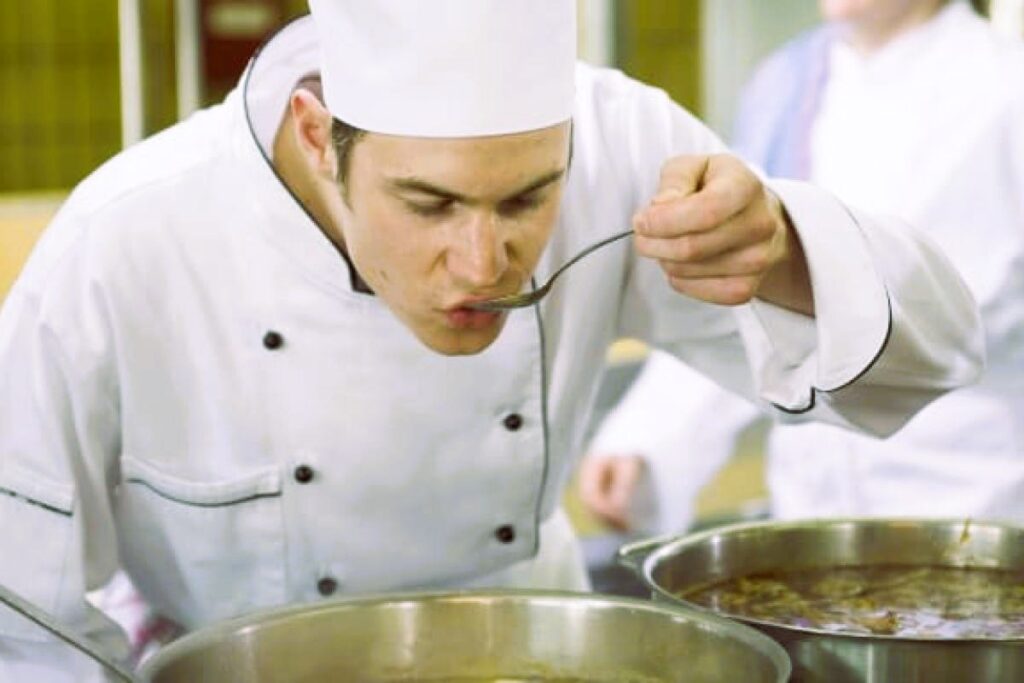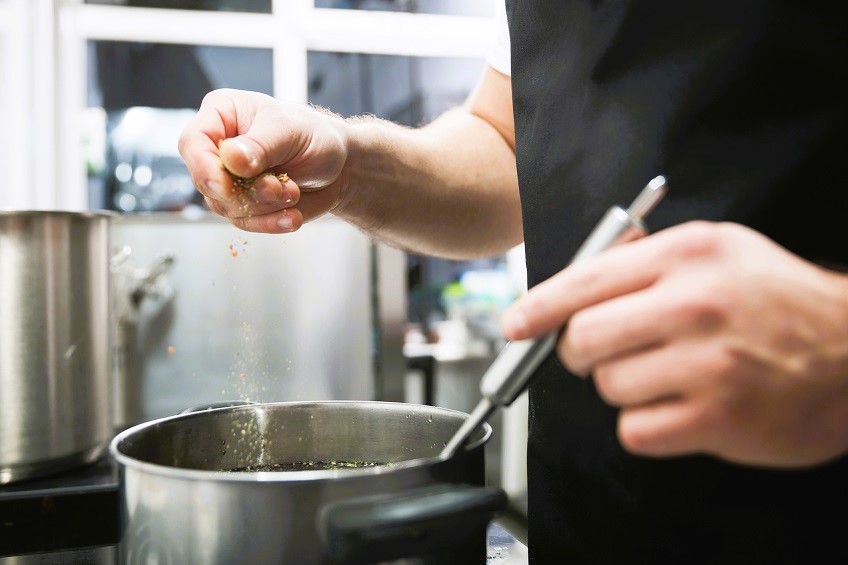When you take that first bite of a perfectly cooked dish and experience an explosion of flavors on your palate, it’s not just a stroke of luck or culinary magic. Behind every delicious meal lies the intricate science of flavor. Chefs around the world have honed their craft by understanding the nuances of taste, smell, and texture to create unforgettable dining experiences. In this article, we will explore the fascinating science of flavor, how it influences our perceptions, and the techniques chefs employ to delight our taste buds.
The Multisensory Experience of Flavor
Flavor is a multisensory experience that goes beyond just taste. It is the combined result of taste, smell, texture, and even visual presentation. Our taste buds can only discern five basic tastes: sweet, sour, salty, bitter, and umami. However, when combined with our sense of smell, which can detect thousands of distinct scents, the possibilities for flavor become nearly infinite.
Our sense of taste works in tandem with our olfactory system, which detects aroma molecules released from the food as we chew. This complex interaction between taste and smell forms the foundation of our perception of flavor. Additionally, factors such as the temperature and texture of the food, the ambiance of the dining environment, and even our emotional state can influence how we experience flavor.
The Role of Umami
One of the most intriguing elements of flavor is umami, often referred to as the “fifth taste.” Discovered by Japanese scientist Kikunae Ikeda in the early 20th century, umami is characterized by a savory, rich, and mouthwatering sensation. It is commonly found in foods such as tomatoes, aged cheeses, mushrooms, and soy sauce.

Umami is created by the presence of glutamate, an amino acid, in the food. When glutamate binds with specific receptors on our taste buds, it triggers a pleasurable sensation that enhances the overall flavor profile of the dish. Chefs have learned to harness the power of umami to create dishes that are both satisfying and deeply flavorful.
The Science of Molecular Gastronomy
Molecular Gastronomy, a scientific approach to cooking, has revolutionized the culinary world and provided chefs with innovative tools to play with flavors. This discipline explores the physical and chemical transformations that occur during cooking, allowing chefs to understand how different ingredients interact and how to manipulate textures and flavors.
One of the techniques used in Molecular Gastronomy is spherification, which involves transforming liquid ingredients into gelatinous spheres. By encapsulating flavors, chefs can create surprising bursts of taste in each bite. Another technique is the use of liquid nitrogen to rapidly freeze ingredients, resulting in novel textures and presentations. The rise of plant-based cuisine: the transition to a green revolution. All the benefits of vegetables, more in our article.
Understanding the Impact of Texture
Texture is a crucial but often overlooked aspect of flavor perception. The way a dish feels in your mouth can significantly influence your overall dining experience. Chefs carefully consider the textures of their dishes to create a harmonious balance. For example, pairing a crunchy element with a smooth puree can add interest and dimension to a plate.
Texture also plays a role in satiety, affecting how satisfied we feel after a meal. Combining different textures in a dish can enhance the overall enjoyment and leave a lasting impression on diners.
The Art of Food Pairing
Food pairing is an art that involves combining ingredients with complementary flavors to create a harmonious and delightful experience. Certain combinations of flavors can enhance and elevate each other, creating a taste symphony on the palate. For instance, pairing a citrusy sauce with fish can enhance the natural sweetness of the seafood.
On the other hand, contrasting flavors can also create exciting and unexpected taste sensations. The interplay of sweet and salty, or spicy and creamy, can intrigue the taste buds and keep diners engaged throughout the meal.
The Role of Standards in Flavor
Standards in the culinary world are essential to ensure consistent and high-quality flavor experiences. Chefs and food establishments adhere to established guidelines to maintain the authenticity and integrity of their dishes. These standards encompass food safety, ingredient sourcing, and culinary techniques.
Regulatory bodies, such as the Canadian Food Inspection Agency (CFIA), play a crucial role in setting and enforcing food safety standards in Canada. Their oversight ensures that consumers can enjoy meals with confidence, knowing that they are prepared and served following rigorous guidelines.

Conclusion
The science of flavor is a captivating realm that combines biology, chemistry, and artistry. Chefs leverage their understanding of taste, aroma, texture, and presentation to create culinary masterpieces that tantalize our senses. From the magic of umami to the innovation of Molecular Gastronomy, the world of flavor is ever-evolving and brimming with possibilities.
As diners, we have the privilege of embarking on flavor-filled adventures with each culinary experience. By embracing the science of flavor, we can gain a deeper appreciation for the culinary arts and the mastery of chefs who skillfully play with our taste buds, leaving us with lasting memories of exceptional dining experiences.
Sources:
- Wikipedia – Flavor




